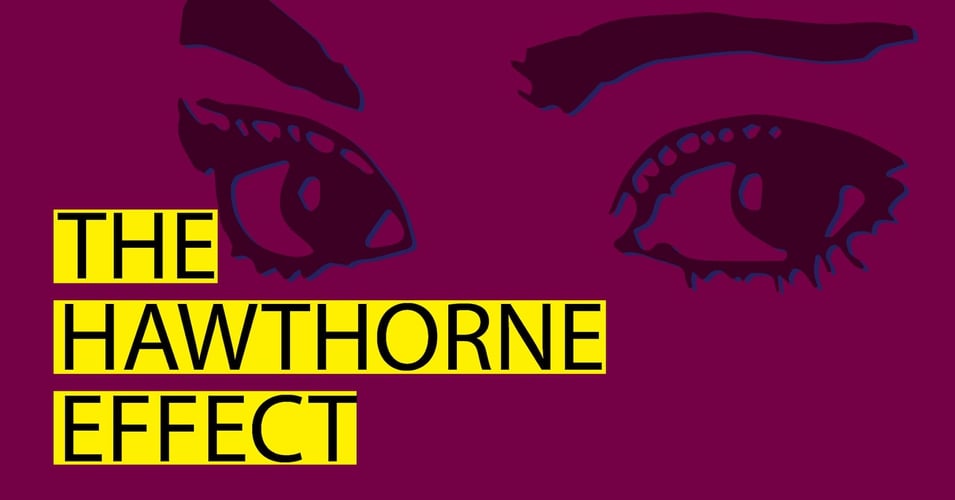2 min read.
What Happens When A Hospital Is Full?
Last week, Alabama exceeded its ICU capacity. This means that all the state's ICU beds were occupied, and 40+ patients were waiting for a bed to open...
![EOScu Logo - Dark - Outlined [07182023]-01](https://blog.eoscu.com/hubfs/Eoscu_June2024/Images/EOScu%20Logo%20-%20Dark%20-%20Outlined%20%5B07182023%5D-01.svg)














